

Music Recording

RCA Victor Studio
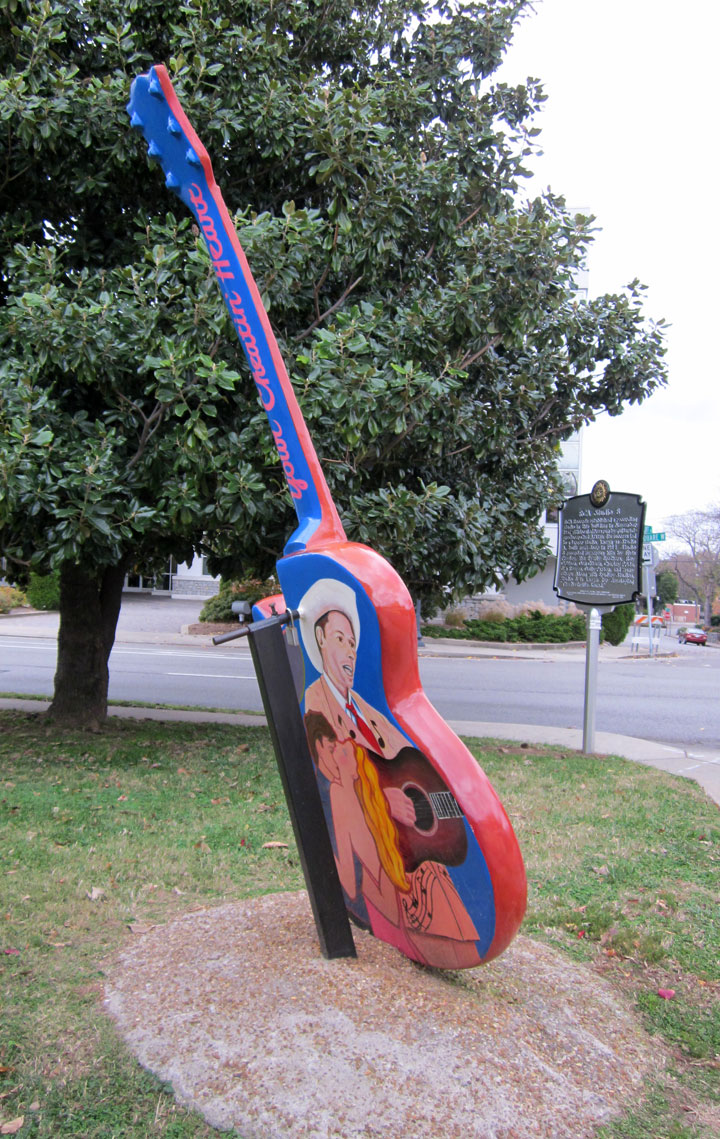
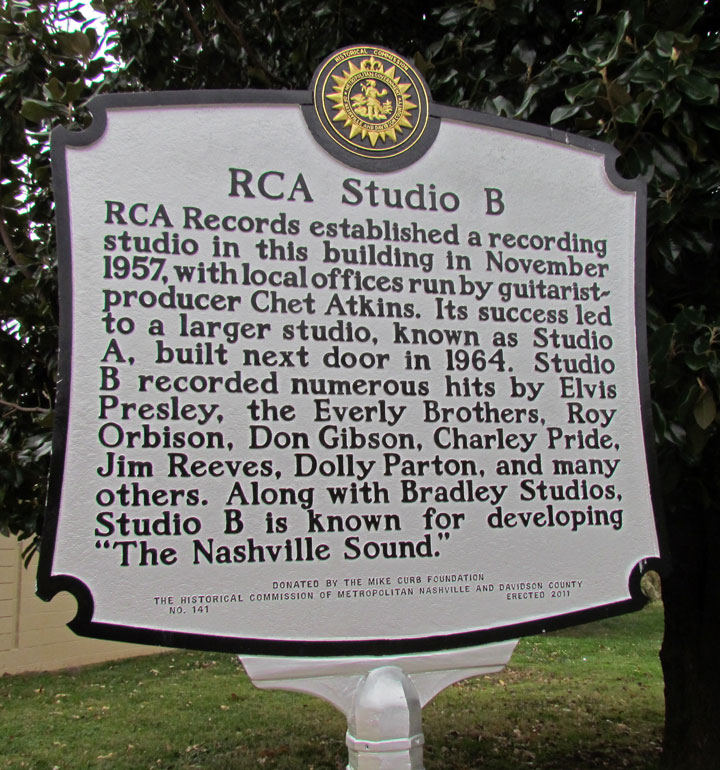
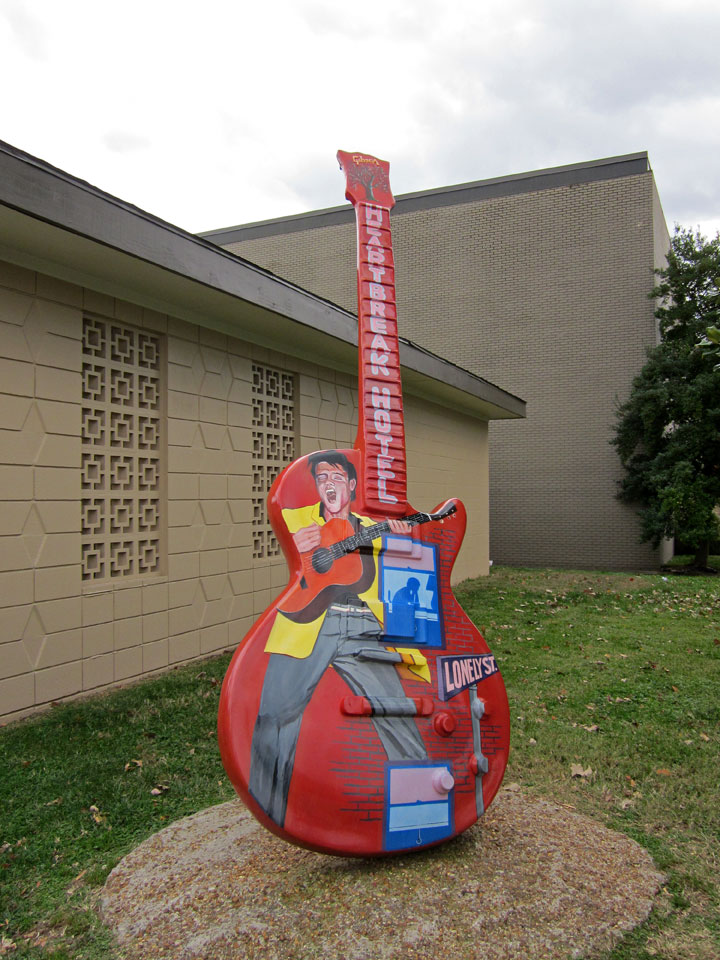

The Nashville sound originated during the late 1950s as a sub-genre of American country music, replacing the chart dominance of honky tonk music which was most popular in the 1940s and 1950s. Although it refers to a means of production (not to mention an era and mystique) as much as to an actual sound, the Nashville sound is generally dated from 1957 or 1958.

Nashville Sound
The Nashville sound was pioneered by staff at RCA Records and Columbia Records in Nashville, Tennessee, including manager Steve Sholes, record producers Chet Atkins, Owen Bradley, and Bob Ferguson, and recording engineer Bill Porter. They invented the form by replacing elements of the popular honky tonk style (fiddles, steel guitar, nasal lead vocals) with "smooth" elements from 1950s pop music (string sections, background vocals, crooning lead vocals), and using "slick" production, and pop music structures. The producers relied on a small group of studio musicians known as the Nashville A-Team, whose quick adaptability and creative input made them vital to the hit-making process. In 1960, Time magazine reported that Nashville had "nosed out Hollywood as the nation's second biggest (after New York) record-producing center."


RCA mascots

Country historian Rich Kienzle says that "Gone", a Ferlin Husky hit recorded in November 1956, "may well have pointed the way to the Nashville sound." Writer Colin Escott proclaims Jim Reeves' "Four Walls", recorded February 1957, to be the "first 'Nashville sound' record", and Chet Atkins, the RCA-based producer and guitarist most often credited with being the sound's primary artistic brainchild, pointed to his production of Don Gibson's "Oh Lonesome Me" late that same year.
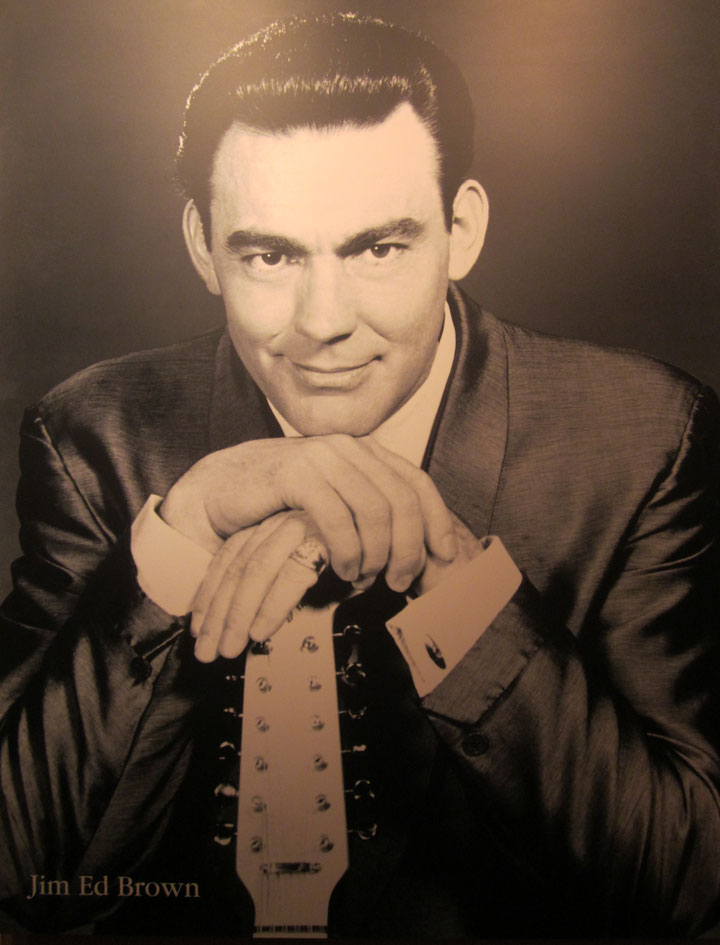
However, in an essay published in Heartaches by the Number: Country Music's 500
Greatest Singles, David Cantwell argues that Elvis Presley's rock and roll
recording of "Don't Be Cruel" in July 1956 was the record that sparked the
beginning of the era now called the Nashville sound.
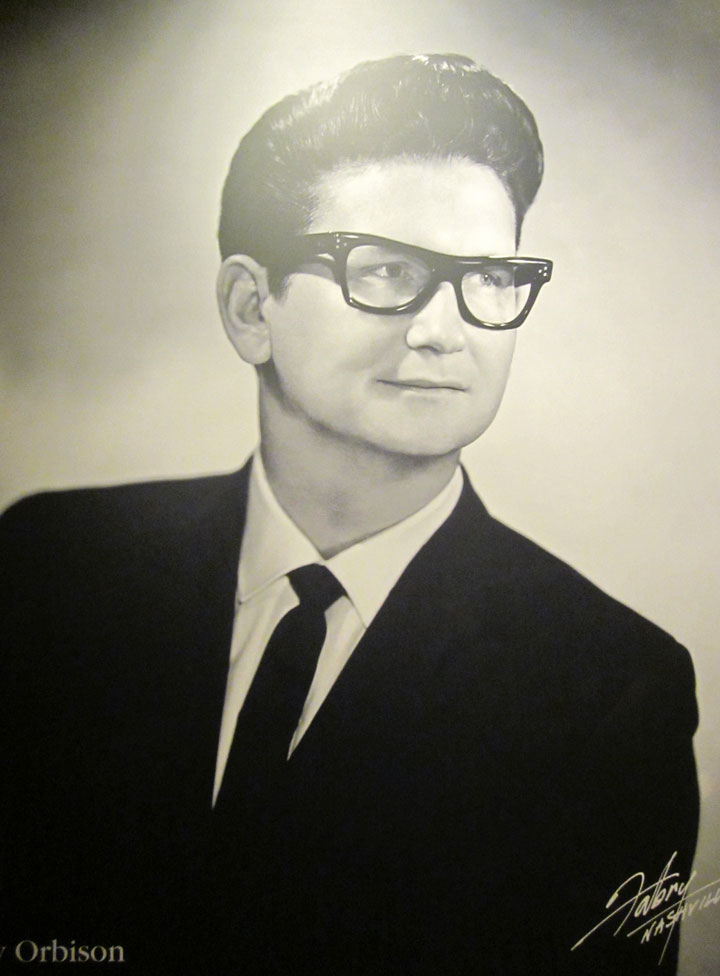
Regarding the Nashville sound, the record producer Owen Bradley stated, "Now
we've cut out the fiddle and steel guitar and added choruses to country music.
But it can't stop there. It always has to keep developing to keep fresh."

Charley Pride
In the early 1960s, the Nashville sound began to be challenged by the rival Bakersfield sound. Nashville's pop song structure became more pronounced and it morphed into what was called countrypolitan. Countrypolitan was aimed straight at mainstream markets and it sold well throughout the later 1960s into the early 1970s. Among the architects of this sound were producers Billy Sherrill (who was instrumental in shaping Tammy Wynette's early career) and Glenn Sutton. Artists who typified the countrypolitan sound initially included Wynette, Glen Campbell, Lynn Anderson, Charlie Rich, and Charley Pride.

The Everly Brothers
The Bakersfield sound and later, outlaw country, dominated country music among aficionados while countrypolitan reigned on the pop charts.
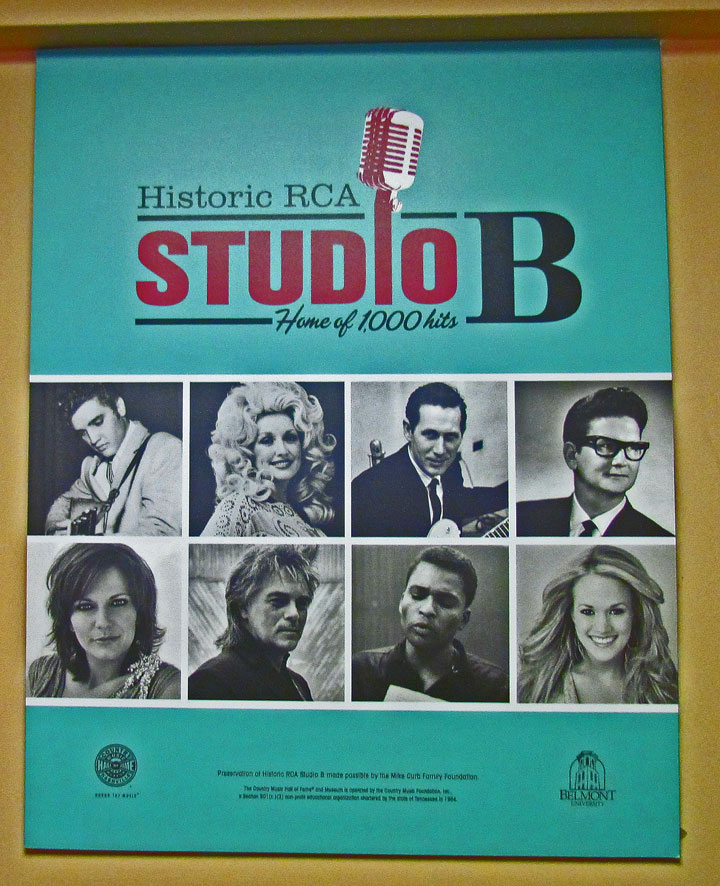
Upon being asked what the Nashville sound was, Chet Atkins would reach his hand into his pocket, shake the loose change around and say "That's what it is. It's the sound of money".

Tommy Overstreet is considered the "King of Countrypolitan".
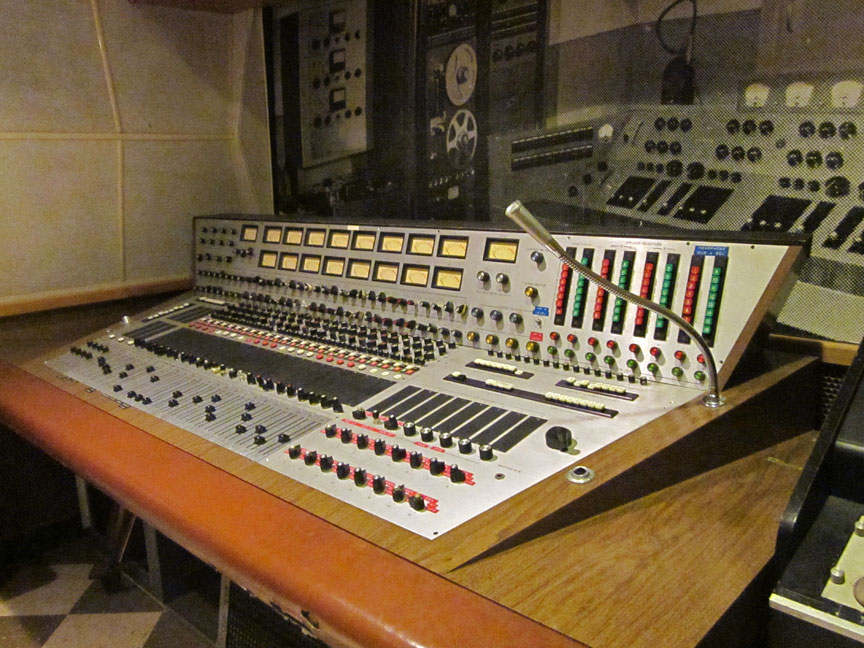
early control panel
By the late 1970s and 1980s, many pop music singers picked up the countrypolitan style and created what is known as country pop, the fusion of country music and soft rock.
Text from Wikipedia

the famous microphone

Studio B
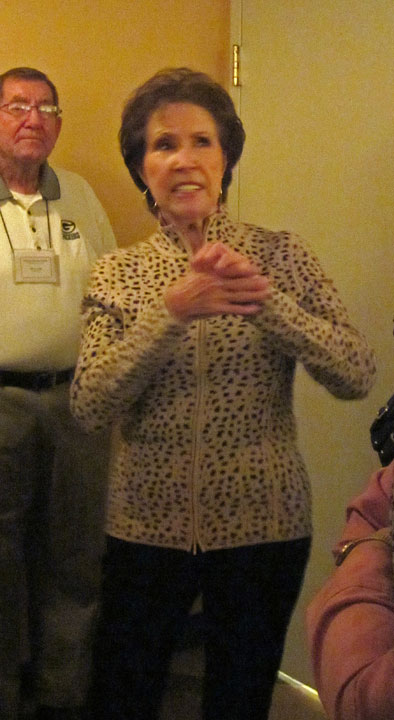
met Jan Howard at the Studio
Music Row

Sony Music Publishing

ASCAP




Love Monkey Music

advertising latest recording
